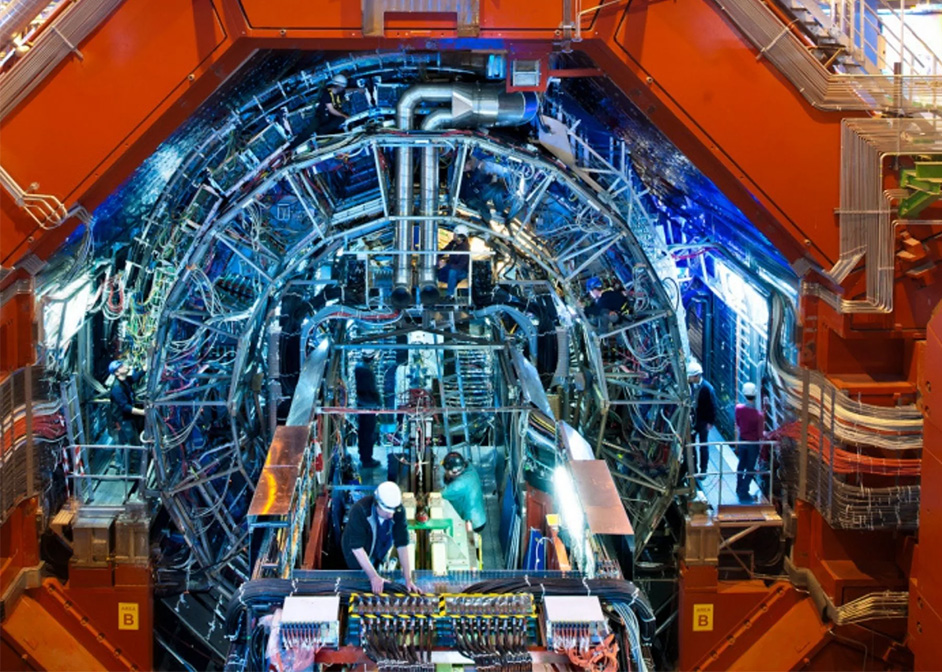University of Houston is Major Remote Monitoring Site for Experiment in CERN Large Hadron Collider
It’s one more curve ball thrown by the pandemic: In 2020, COVID-19 restrictions on global travel halted almost all international scientists’ visits to CERN, one of the world’s largest and most respected scientific research centers. That presented a formidable challenge at CERN, located on the border of Switzerland and France, but grew into opportunity for top research teams elsewhere, including the University of Houston.

The solution? As with so many situations these days, ALICE monitoring has gone remote, with stations established throughout Europe, Asia and at three U.S. locations – University of Houston, Lawrence Berkeley Laboratories in California and University of Tennessee at Knoxville. Meanwhile at CERN, a small permanent crew of ALICE data specialists stays onsite.
“One of the most critical non-European monitoring sites for ALICE is here on the University of Houston campus. Our computers keep constant real-time watch on output from the CERN experiment happening more than 5,200 miles away. Our operations sometimes continue 24 hours a day throughout this year and maybe next,” said Anthony Timmins, associate professor of physics. “If there is any system glitch or interruption, we will know immediately and will alert the appropriate staff on location for the Large Hadron Collider at CERN.”